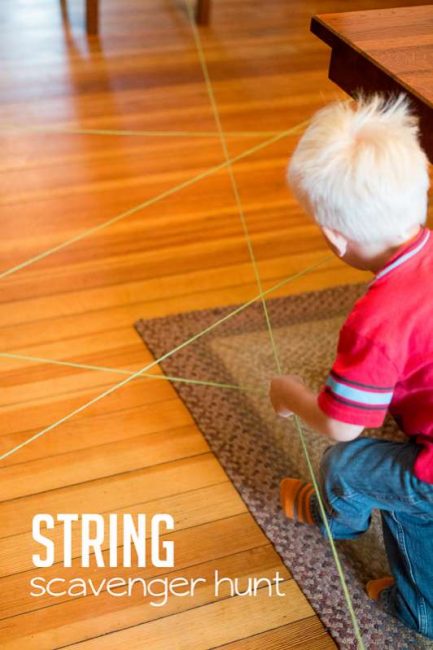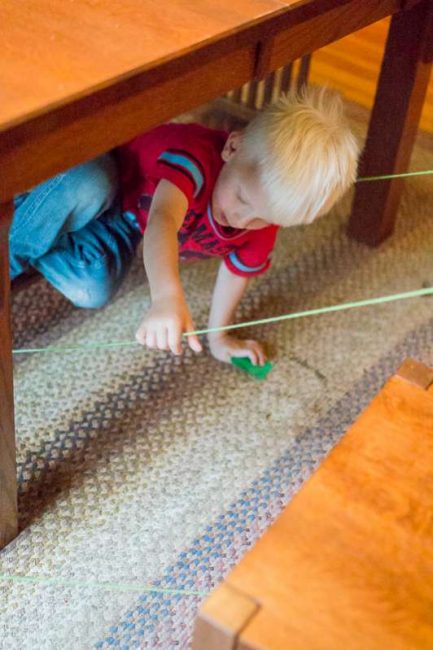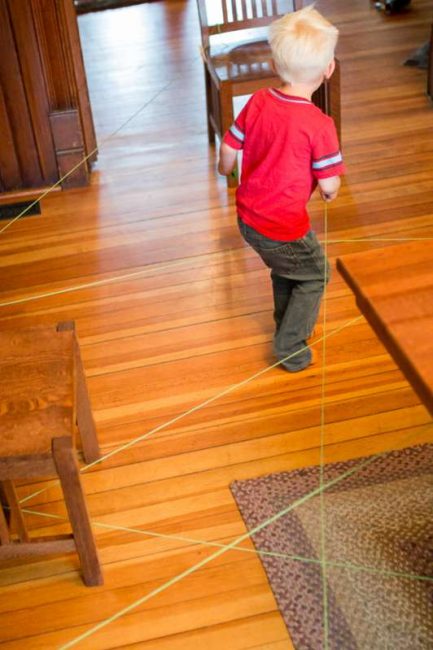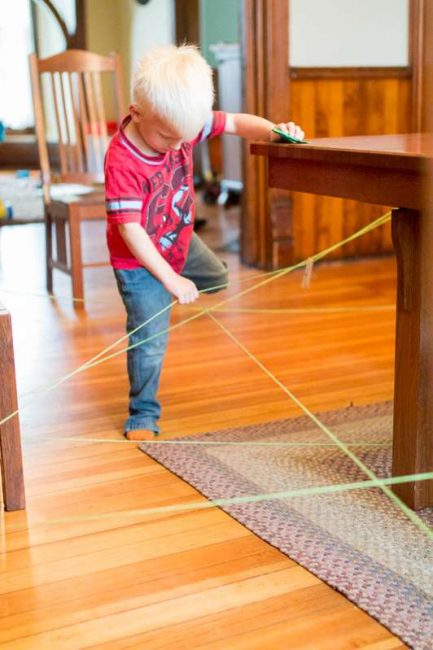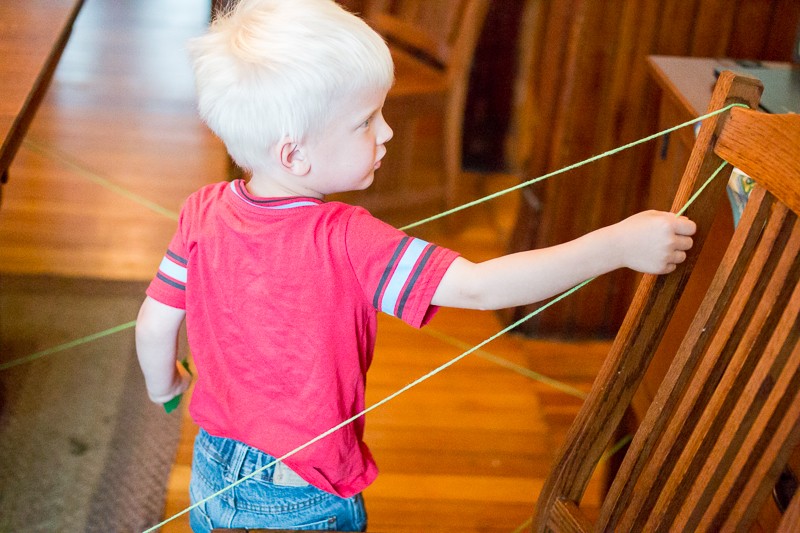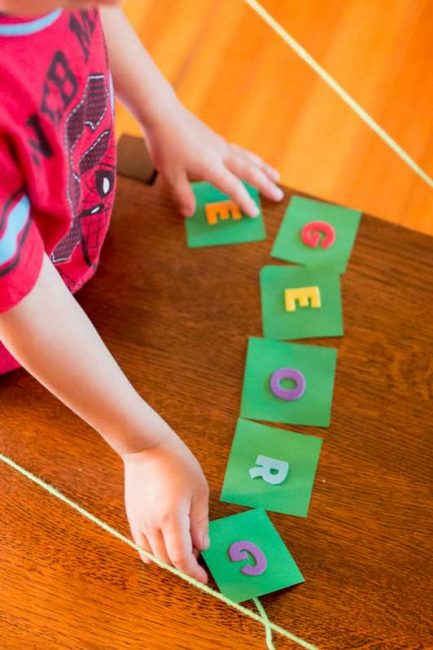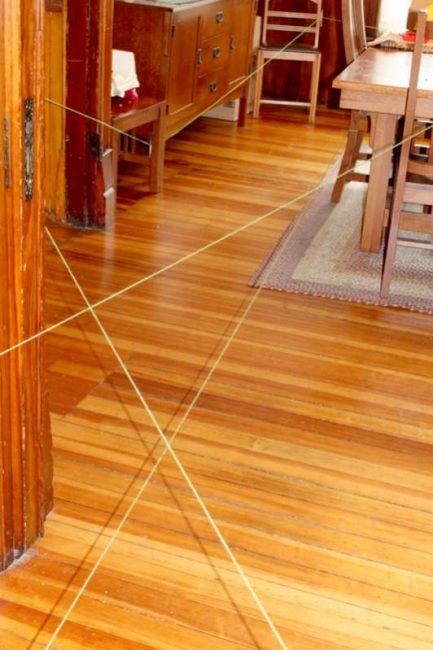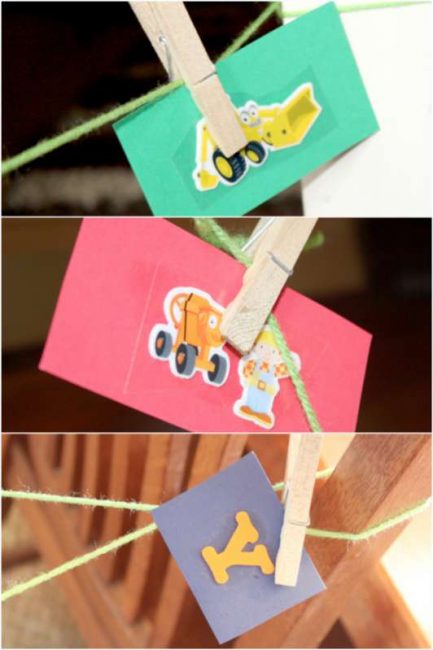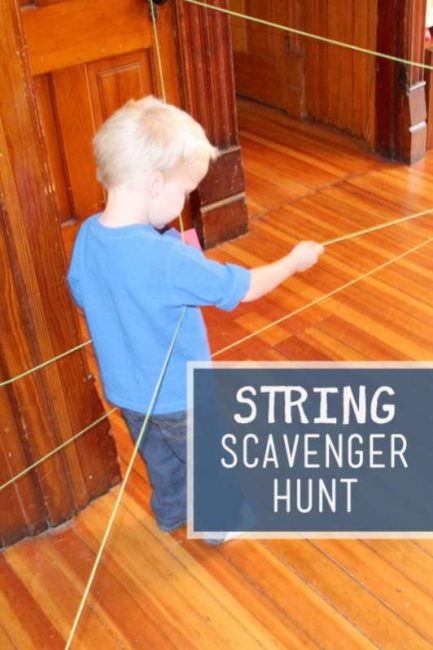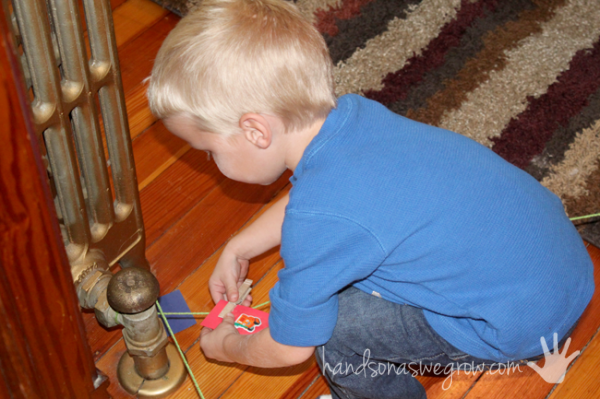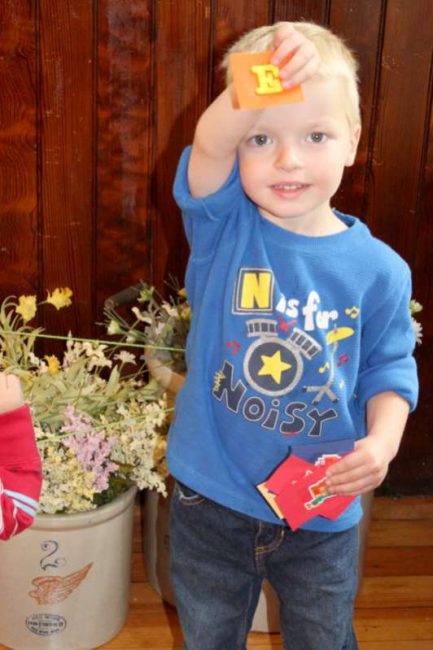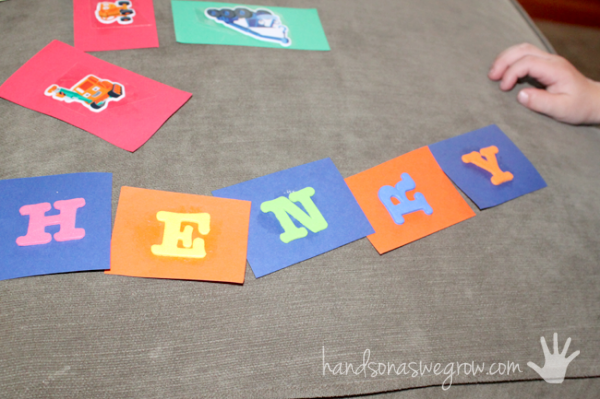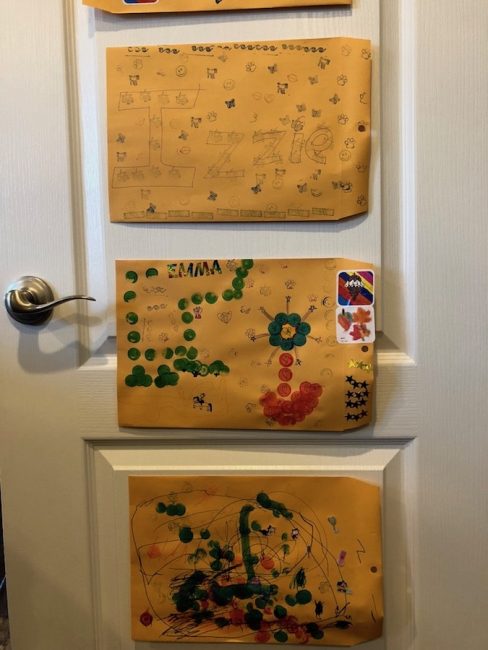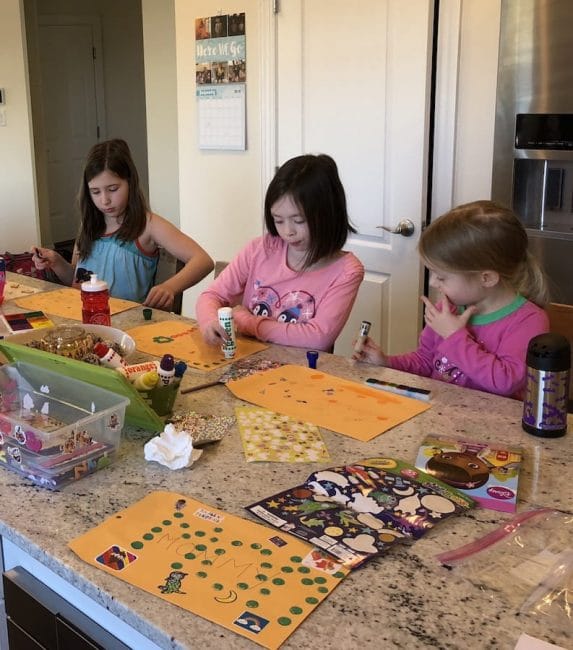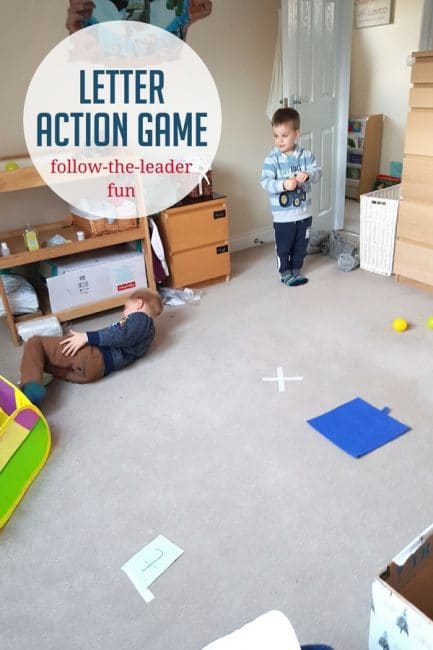I’m guessing most of you just mouthed, "Who?" while wondering if you missed something. You didn't.
Toru Kamatari is one of the most influential architects of the modern golf industry, even if his name rarely percolates to the surface of conversations centered around his more famous contemporaries.
Scotty Cameron, Bob Bettinardi, Kia Ma, Ken Giannini, Byron Morgan, Dick De La Cruz, Teddy McCabe, TP Mills, and most recently, Sean Toulon; an impressive list connected by a nearly invisible thread. Call it 6 degrees of Toru Kamatari.

Toru spent the first eight-teen years of his life in Japan where he came to appreciate American culture as illustrated by Steven Spielberg films (He lists Close Encounters of the Third Kind and E.T. as favorites). Though his parents made sure he was in bed by 8 PM, Toru would often spend weekends at his grandparents' home, where less stringent rules allowed him to stay up later, absorbing as much Hollywood magic as his mind could handle.
Toru knew all along he wanted to end up in America and his father saw an entrepreneurial spirit in Toru which he felt would be best fulfilled overseas. The pivotal conversation took place at a Kentucky Fried Chicken in Japan where the 16-year-old Toru was working at the time. Toru's father told him, in no uncertain terms, he needed to find an occupation that would allow him to be his own boss, not a limited salary position where somebody else tells you what to do. The plumbing business his father owned, while possibly a convenient next step, wasn't really what Toru (or his father) had in mind.
While I’m sure it seemed innocuous at the time, the exchange would prove to be momentous as it set Toru on a path where his contributions would help Scotty Cameron and Bob Bettinardi to become industry royalty.
From 1989 through 1997, Toru managed the day to day operations (eventually moving into the role of Vice President) for Piece of Time, a golf retail shop in Hawaii specializing in classic lifestyle goods, apparel and golf merchandise. During his tenure, Toru cultivated an exceptionally strong network of manufacturers, distributors, retailers, and publicists in the United States and Asia. Kamatari, who wasn't big on formal education, had an insatiable desire to learn, and in this capitalist environment, Toru became a master at forging relationships, ultimately creating the first modern American-Asian distribution model centered around high-end, upmarket golf equipment and apparel.
This labyrinth and Toru's ability to help businesses navigate it and gain entrance into the often-closed doors of Japanese retail gained him the reputation as one of, if not the most, connected, influential, and knowledgeable people in this segment of the industry – a sector in which he'd establish a virtual monopoly.
Asia was replete with unexplored financial opportunity. Even thirty years ago, Kamatari told MyGolfSpy, the Japanese market loved Limited Edition, Prototype, and Tour Spec gear, even if the hype was largely manufactured. Golf equipment is also viewed, in part, by Japanese culture as a status symbol and therefore, the more expensive, the better.
The Japanese love golf and they love to spend money on American golf products. Toru Kamatari is the conduit which connected these two disparate worlds.
"Successful? I'm not successful, but I've made many people successful" - Toru Kamatari
TORU and Scotty Cameron:
As Kamatari tells it, Scotty Cameron, who was working as a rep for Ray Cook, was honeymooning in Hawaii when he connected with Toru at Peace of Time. Cameron, who was keenly aware that Toru could help unlock the Asian market, had aspirations of becoming the next Ken Giannini, whose putters were already very popular in Japan.
Karsten Solheim's patent on the Anser putter expired in 1984, but the market's yet to be satiated demand, particularly abroad, for these archetypal models provided ample opportunity for Cameron. Toru knew what would sell in Japan and suggested that Cameron mimic the iconic Ping templates, many of which would be among the first models released by Cameron under his own entity (Cameron Golf International) as part of the Classics Series in 1993.
Toru’s standards are high, and he understood the quality and attention to detail required to sell overseas. Asian consumers will willingly pay premium prices, but in return, the expectation is a product which pays due attention to nuance while maintaining a distinct and decidedly upmarket aesthetic.
Scotty needed a signature look and the straight lettering didn’t quite distinguish Cameron in a manner commensurate with what Toru felt would sell, hence the dancing signature which has become emblematic of the Cameron brand.
After some refinement to the designs, given Cameron’s work and Toru connections, it made sense for the parties to enter a 5-year agreement whereby Toru would have exclusive distribution rights for all Scotty Cameron putters in Japan. Early on, Kamatari made sure to supply fewer putters to Japan than he knew would sell. This purposeful exclusivity drove prices up and established the first collector-driven market for Scotty Cameron putters.
A large contingent of top end putter makers used K&M (Kia Ma's operation) in San Marcos, CA for finishing work. It was there Cameron met Bob Bettinardi, who had been doing some milling for Ken Giannini. Bettinardi would end up milling putters for Scotty from 1992 until 1998. Technically, Bettinardi milled for Cameron directly from 1992 – 1995 and then for Titleist from 1995-1998 once Cameron entered into an exclusive agreement to craft putters for the Acushnet Company. Notably, this included the putter used by Bernhard Langer to win the 1993 Masters as well as Cameron Golf International's Classics Series (1993) and The Scotsman Series (1994) as well as the first Scotty Cameron by Titleist release in 1996.
Several years into the 5-year agreement, Cameron began doing OEM work for Mizuno. The OEM business didn’t present any issues for Toru or his Asian buyers given that an OEM putter selling for $75-$100 would have little impact on the Japanese market where Cameron putters were selling for four times as much.
As the term of the original contract expired, Toru assumed that he and Cameron would re-up. Instead, a friend told him that Cameron had decided to sign with Titleist. The move made perfect business sense, but Kamatari admits it hurt not to receive the news directly from Cameron, who, in addition to being a partner, was also a friend. Toru never begrudged Cameron's decision, telling him at that year's PGA show, "If I were you I would have done the same thing." Sometimes that’s just how business goes.
Toru was one of several individuals who contributed to what would ultimately become the Cameron empire. From the "Dancing Cameron" to the absence of the #4 in the original line (the number four is considered unlucky in Japanese culture), to the connections with Kia Ma and the influential buyers in Japan; it's not a reach to think that if not for Toru, Cameron's career very well might have taken a much different trajectory.
Want to win a…
Taylormade M3 Driver
Enter MyGolfSpy’s Giveaway!
THE BETTINARDI ERA
Shortly after the split with Cameron, Toru approached Bob Bettinardi to gauge his interest in continuing to mill some classic designs to fill the temporary void left in portions of the Asian market. Bettinardi was heavily invested in milling for a number of large OEMs, including Titleist, but according to Kamatari, by this point Bob had accumulated numerous CAD designs from his OEM work (Tad Moor, Tear Drop, Titleist, and others) which could be easily tweaked, sent to Kia Ma for polishing, and then sold to the various Asian markets. Kamatari and Bettinardi never produced large production runs in this fashion, but it meant the two stayed in contact, albeit rather infrequent.
Toru left Piece of Time in May of 1997. With a Rolodex full of industry contacts, Toru thought the time was right to venture out on his own…to, at last, be his own boss. Several months later, Bob Bettinardi reached out to discuss distribution in Japan, which seemed a bit curious considering Bettinardi was still under contract with Titleist. Toru believed that Bettinardi’s Titleist contract wouldn’t be renewed and that Bob was ready to explore other options. As he'd done with Cameron, Toru agreed to shop Bettinardi's work to several contacts in Japan as part of an agreement to serve as the exclusive distributor.
By December of that year, Bridgestone had agreed to a 2500-piece limited edition run milled by Bettinardi and Shigeki Maruyama's father was running distribution for the brand throughout Japan. At that time, Shigeki Maruyama was the Michael Jordan of Japan. He was more than a person of influence, he was the needle and single-handedly changed the course of Bettinardi's career. There was no more discerning clientele than the Japanese, and with Maruyama's validation, Bettinardi had every reason to believe there wasn't a country or country club in the world where he couldn't sell a putter.
As luck would have it, Shigeki Maruyama was about to leave Japan for the U.S. So not only had Bettinardi snagged the most influential golfer in Japan, with Maruyama about to step on golf's biggest and brightest stage, Bettinardi couldn't have bought this type of exposure had he wanted to.
Bob and Toru's professional relationship officially lasted until June of 2004, but for all intents and purposes, it was over in 2003. Bettinardi sued Kamatari for distribution rights in Japan, contending Toru had violated terms of the agreement. According to Bettinardi, Kamatari had become distracted running several other businesses (namely Sonartec and Trion-Z) and wasn't completing the work to which he was contractually obligated.
Toru counter-sued claiming Bettinardi needed access to sell his putters in Japan in order to woo the Ben Hogan company, which would likely want guaranteed access to all markets, including Japan, before entering into a formal agreement with Bettinardi. Kamatari contends that he sold something in the neighborhood of 10,000 putters per year during the last several years of the agreement; evidence that he was holding up his end of the bargain. The cased filed by Bettinardi in Illinois was eventually dismissed, and the counter-suit filed by Kamatari in California resulted in a stay.
According to Bob Bettinardi, the legal proceedings were simply part of what happens during the course of business, adding "I have absolutely no ill-will toward Toru. If I saw him in a restaurant, I'd go over and talk to him and I think he'd do the same thing."
For Bettinardi and so many others, Toru’s connection to their success simply can't be overstated.
Bettinardi recalls, "Toru was instrumental in getting me set up in Japan...He allowed me to bring Shigeki on board." Bettinardi's early success in Japan was inextricably linked to Shigeki, and it was what both legitimized the brand in Asia and provided a platform from which Bettinardi could launch in the U.S.
NO MAS PUTTERS?

After the way things ended with Bettinardi, Toru had little interest in launching another putter brands in Japan. That is, until a longtime friend, Sean Toulon, called. Sean and Toru were first introduced by industry icon and founder of what would become Callaway Golf, Dick De La Cruz.
Toulon, then 56 years old, had just left his position as Executive VP of Product Creation and Marketing at TaylorMade to start Toulon Design with his two sons. After a 20-year stint at TaylorMade, Toulon knew everything there was to know about the golf equipment business, and when it came time to set up distribution channels in Asia, the decision wasn't difficult. In fact, there wasn't a decision at all. Still, some 25 years after Cameron sauntered into Piece of Time, Toru still stood as the preeminent authority on Japans' golf retail environment.
"Toru is extremely well-connected,” Toulon told me. “He knows all the main players and retailers. He's all about the details and understands the nuances the Asian market demands. His character and integrity are beyond reproach."
Toru's impulse was to politely decline the opportunity, but "after he showed me all of his drawings, CAD designs, Toulon design logos and his business concept,” says Katamari, “It was very difficult to refuse it even I was sick and tired of helping another putter brand launching in Japan. He is so organized, and he is a designer, concept guy, and a good business man."
Part of what made this situation different was that Toulon didn't want to employ the same machine shops others were using. He wanted to explore different manufacturing techniques and use only premium materials. Toru recollects he sold 3000-4000 pieces in Japan before Callaway Golf acquired Toulon Design six-months after it launched.
Royal Collection/Sonartec
While Toru Kamatari is slow to accept accolades, he’s quick to disclose his perceived failures. Such is the case with Royal Collection/Sonartec. It was always Toru's dream to start his own equipment company, and when he reached an agreement to license Royal Collection’s U-shaped fairway metal and hybrid technology under the U.S. based Sonartec brand, he had full confidence the operation would succeed. Todd Hamilton seemed to all but cement that reality with his British Open victory at Royal Troon in 2004, where he used a 17* (bent to 14°) Sonartec MD Hybrid to pull off the tournaments' signature shot – a difficult up and down on the final playoff hole to defeat Ernie Els.
Not an unusual situation when a small brand receives a sudden influx of interest, Sonartec wasn't prepared to handle the massive uptick in demand. It was like trying to play the ultimate game of whack-a-mole with one hand while juggling flaming tennis balls with the other. As a result of a series of poor market projections and mismanaged product cycles, Sonartec's one bright future was quickly fading.
Toru's last glimmer of hope came in the form of a Canadian businessman, Peter Pocklington, who had the cash necessary to reinvigorate the brand. A new company, Sonartec International, LLC was formed in March of 2007. Less than 12 months later, Kamatari filed suit against Pocklington, claiming breach of contract – specifically, that Pocklington never delivered the agreed upon cash.
While Toru’s dream wasn’t all he’d hoped it would be, he had proved he could design clubs to meet the demands of both professional players and the most discerning consumers looking for a classically shaped fairway wood.

Today, Toru is more or less out of the equipment business, spending most of his time as Japan's 2UNDR distributor and lead sales agent for DIY Design Inc. (makers of OUUL golf bags). I'm not sure Toru ever thought he'd trade putters and metalwoods for underwear and golf bags, but Kamatari knows as well as anyone that the golf world can be an odd one – equally full of surprises, disappointments, triumphs, and tragedies.
At his core, Toru Kamatari is an extremely gifted facilitator, though it's unlikely one would see that term on his business card. Toru created structures and provided entrepreneurs with tools to make collaboration possible. What shouldn't get lost in the anecdotes is that both Cameron and Bettinardi leveraged success in Japan to launch exceptionally lucrative careers, none of which would have been possible without Toru.
Success isn't something one achieves without help – and in the final analysis, that will be Toru's lasting legacy – that he helped others achieve what they otherwise couldn't accomplish alone.
Scotty Cameron declined to comment for this story.

from MyGolfSpy http://ift.tt/2HAo2wo













